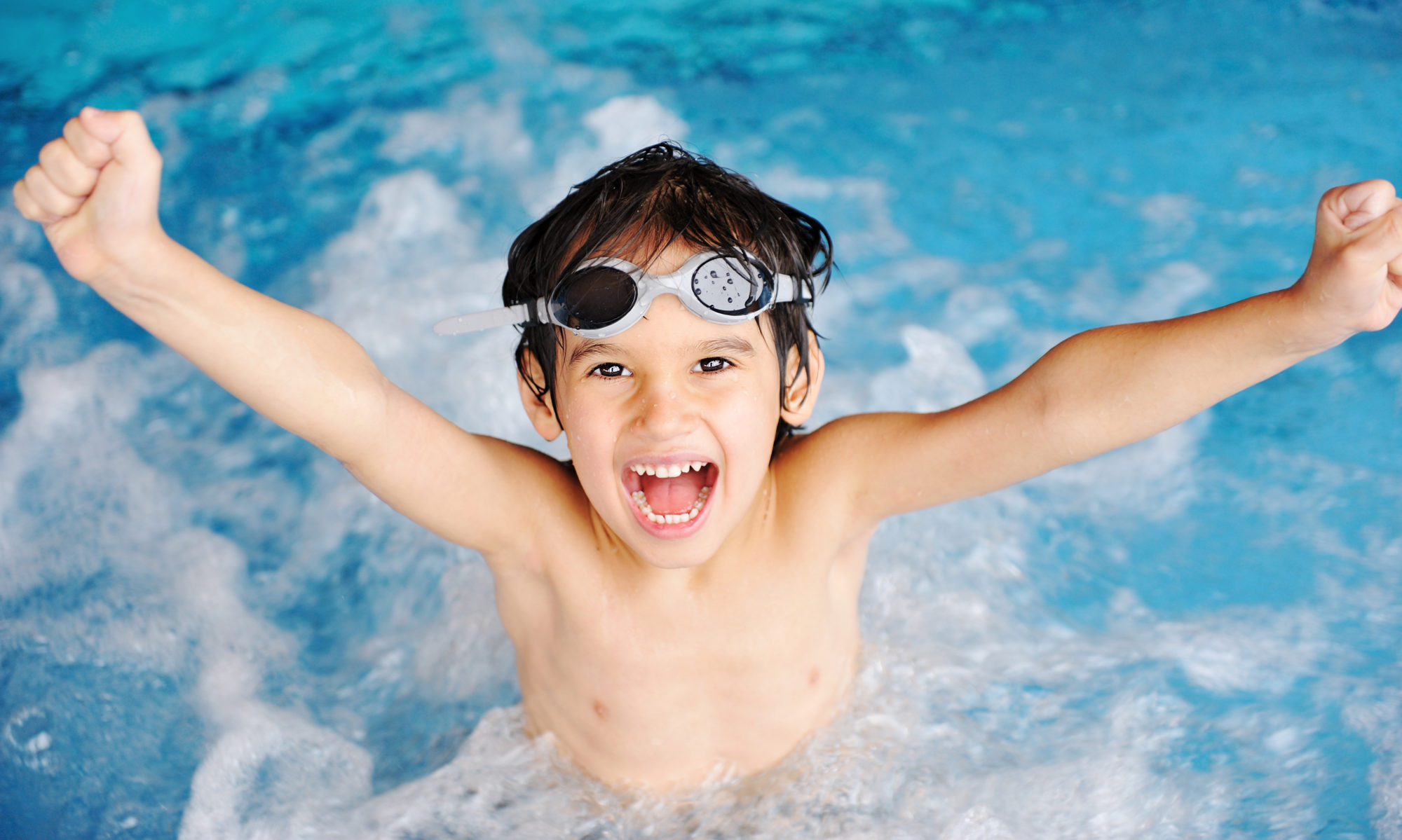Here’s another huge advantage you have over swimming schools. What is it and how can you use it when you’re teaching your kids to swim?
It’s time out of the pool.
Of course you’ll prepare what you’re going to teach well before you get to the pool. Make sure what you’re planning to teach is a single skill. If you can break it down into simpler pieces, break it down and pick just one of the pieces to teach.
You can also take advantage of the time you spend away from the pool to prepare your child for what the day’s lesson will be. Over breakfast, you can talk about what you’ll be learning, why it’s important, and what’s fun about it. The swimming teacher you hire doesn’t have that luxury. They have to spend valuable pool time doing the things you can do before you and your kids get wet.
Start Teaching Your Kids to Swim on Dry Land
Talk with your child about what you’ll be doing. Ask your child what parts of the body he thinks he’ll be focusing on or using most. Ask why it’s important to learn the skill. Ask how he thinks it will feel. Ask what he thinks the favorite part of the lesson will be. Help him visualize how his body will move. Will he be moving like a fish? Like a boat? Tell him a story about the movement. Compare it to other animals or other activities he already knows.
Practice any elements of the skill that you can on land. Blow bubbles in a bowl or sit on the edge of a chair to practice kicking.
Lay as much groundwork as you can for your lesson while you’re at home, at the park, or out doing errands. That way, when you’re at the pool, ready to start the lesson, you can use more of your valuable pool time just for learning and practicing, instead of for explaining.
Structure the Swimming Lesson
Each lesson should last fifteen to twenty minutes. If your child appears happy to continue and comfortable in the water—not too cold or tired—you can spend as long as half an hour on your lesson.
- Explain to your child what you’ll be doing
- Get into the pool
- Review what you’ve already learned
- Play
- Teach a new skill
- Practice the new skill
- Play
Stay tuned for details on each part of the structure, coming next week. Tomorrow’s Friday, though, and Friday is time to play.
